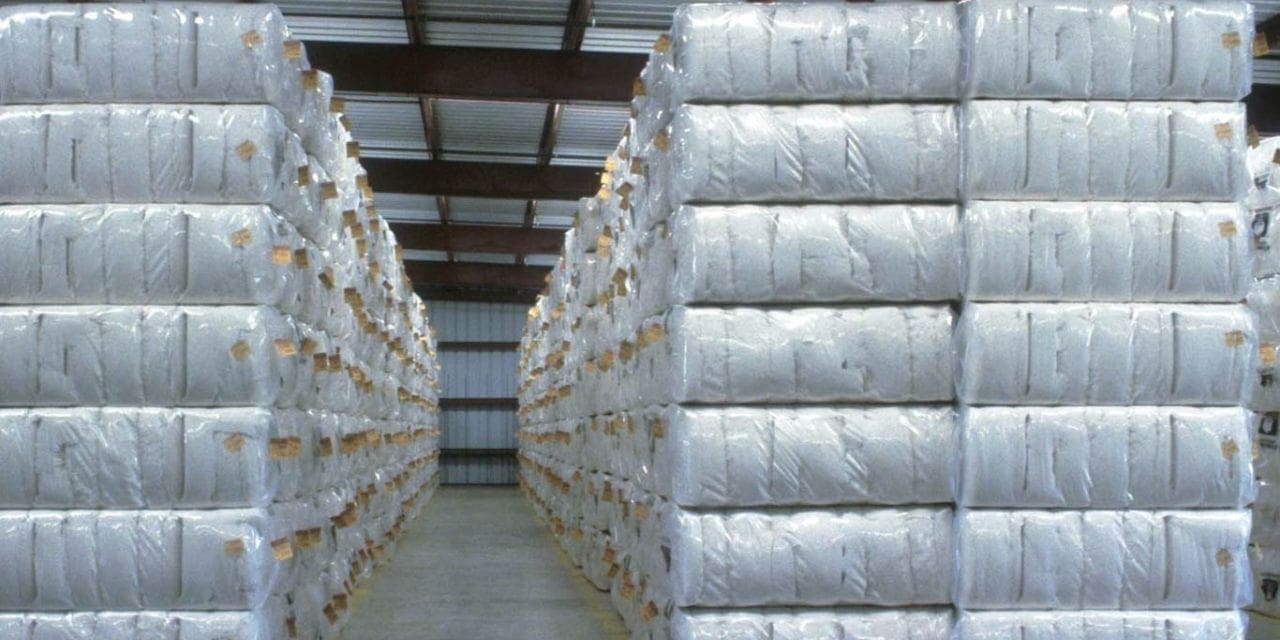The goal of the Indian government’s upcoming five-year Cotton Technology Mission, which is scheduled to begin in 2024, is to revive the nation’s “white gold” and solidify its standing as a top location for textile investment and sourcing.
According to sources cited by Mint, the redesigned mission aims to increase the incomes of India’s more than 6 million cotton farmers while lessening the country’s reliance on imports of the crop. Within the first 100 days of the new government, the mission’s funding and policy structure will be approved, according to people with direct knowledge of the situation.
In order to refine the proposed policy framework, stakeholder discussions are scheduled for the upcoming months. The Indian Council of Agricultural Research (ICAR), the Cotton Association of India, the Union Textiles Ministry, and other ginners’ associations will work together to launch this project.
Industry insiders caution that although the introduction of Bt cotton two decades ago offered excellent yields, improved market prices, and insect protection, these advantages have been eclipsed by rising input costs and crop failures. Due to restrictions on seed supply, replacing Bt cotton, which now makes up 95% of the agricultural area, with native types like Kasturi cotton will be extremely difficult.
The Agro-Chem Federation of India’s Director General, Kalyan Goswami, a former DG of the National Seed Association, issued a warning, stating that it would take a minimum of 10–12 years of consistent work to secure a substantial market share for Kasturi cotton, with the goal of capturing 25–30 percent of the market. He underlined that in order to guarantee the success of such initiatives, the government must have patience and a sustained commitment.

